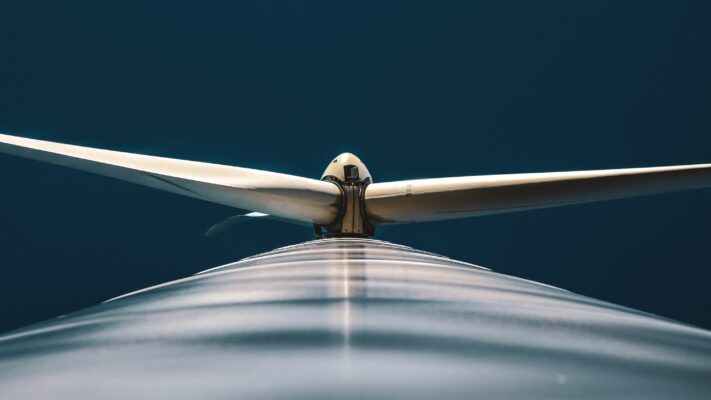Larger wind turbines, with rotor diameters exceeding 200 meters, can harvest more wind energy – even in areas with relatively less wind. Currently, the world’s most powerful wind turbine, a 16-megawatt offshore monster, is located in China. The turbine features an impressive rotor diameter of 260 meters, with each of its blades extending a remarkable 123 meters and weighing an astounding 54 tons. Such colossal structures in particular need robust and sophisticated bearing systems that can withstand the tremendous operational forces at play.
The science behind grandiose dimensions
Manufacturing rotor bearings for high-capacity turbines demands substantial space due to the large-scale machinery required for assembling hefty components and bigger bearing test rigs for in-depth testing. Naturally, such a task calls for the expertise of globally recognized specialists in wind turbine production.
As rotor bearings increase in size, maintaining their structural integrity under enhanced operational loads becomes an increasingly challenging task. The sheer weight of the rotor, combined with rotational forces and wind pressure, places immense stress on the bearing. This accelerates wear and tear, reducing its lifespan and calling for even better materials and techniques. Recent innovations in materials, such as improved-quality steel alloys and surface treatments, are showing promise in enhancing bearing performance and durability. What is more, advanced computer modeling and simulation techniques are optimizing bearing designs for better load handling.
Oversized obstacles
The monumental size and weight of large-diameter rotor bearings present not just manufacturing but also logistical hurdles. Transporting these giant components from factories to often remote or offshore installation sites is a logistical marvel. Moreover, the installation process requires state-of-the-art equipment, special vehicles, and a highly skilled workforce.
Once installed, these super-sized bearings, positioned at considerable heights, demand regular maintenance – a daunting task. This escalates the need for bearings with extended service intervals and improved predictability over their performance lifespan. Consequently, the implementation of cutting-edge condition monitoring systems and predictive maintenance strategies has become a necessity. Digital technologies such as IoT and AI are proving to be instrumental in boosting predictive maintenance capabilities, enabling early detection and mitigation of potential problems before they lead to full-blown failures.
The path ahead
Overcoming these difficulties will necessitate a comprehensive approach, combining progress in materials science, manufacturing techniques, design optimization, and digital technology. As the wind energy sector continues to push the boundaries of turbine size and capacity, industry-wide collaboration will be vital to meet these challenges head-on and ensure the ongoing success of this vital renewable energy source.



